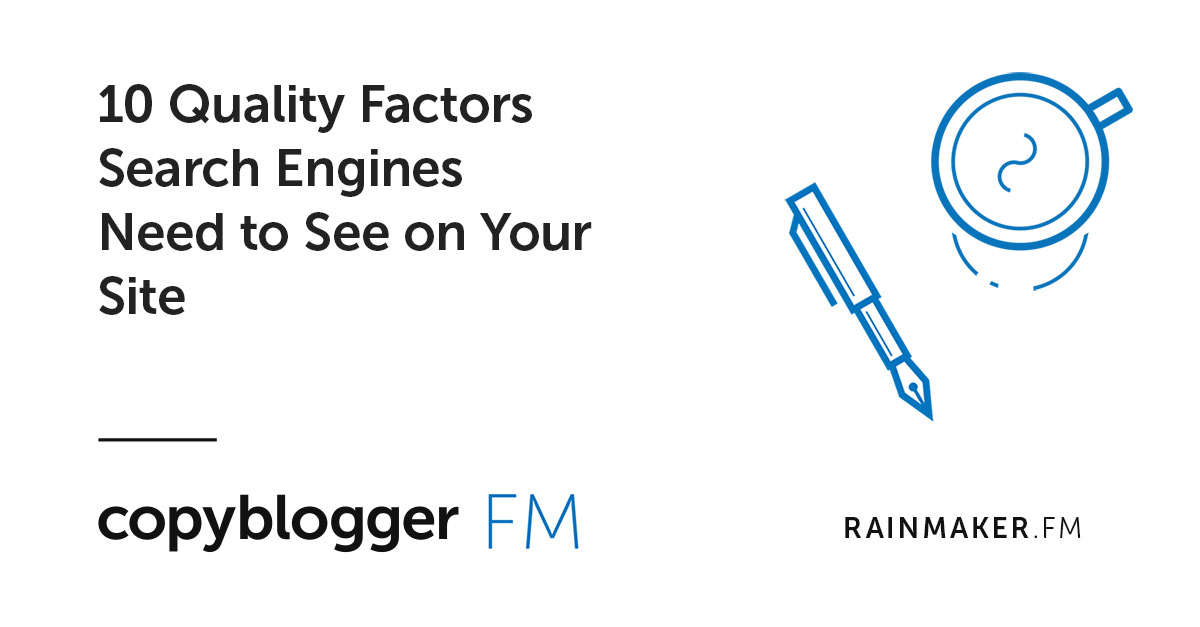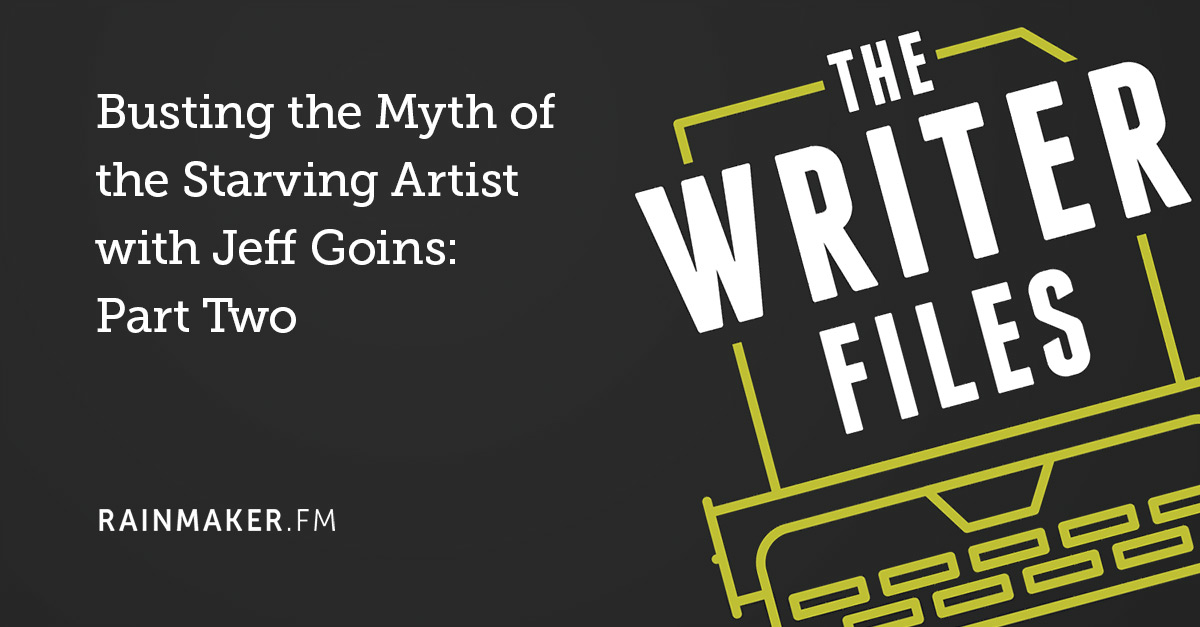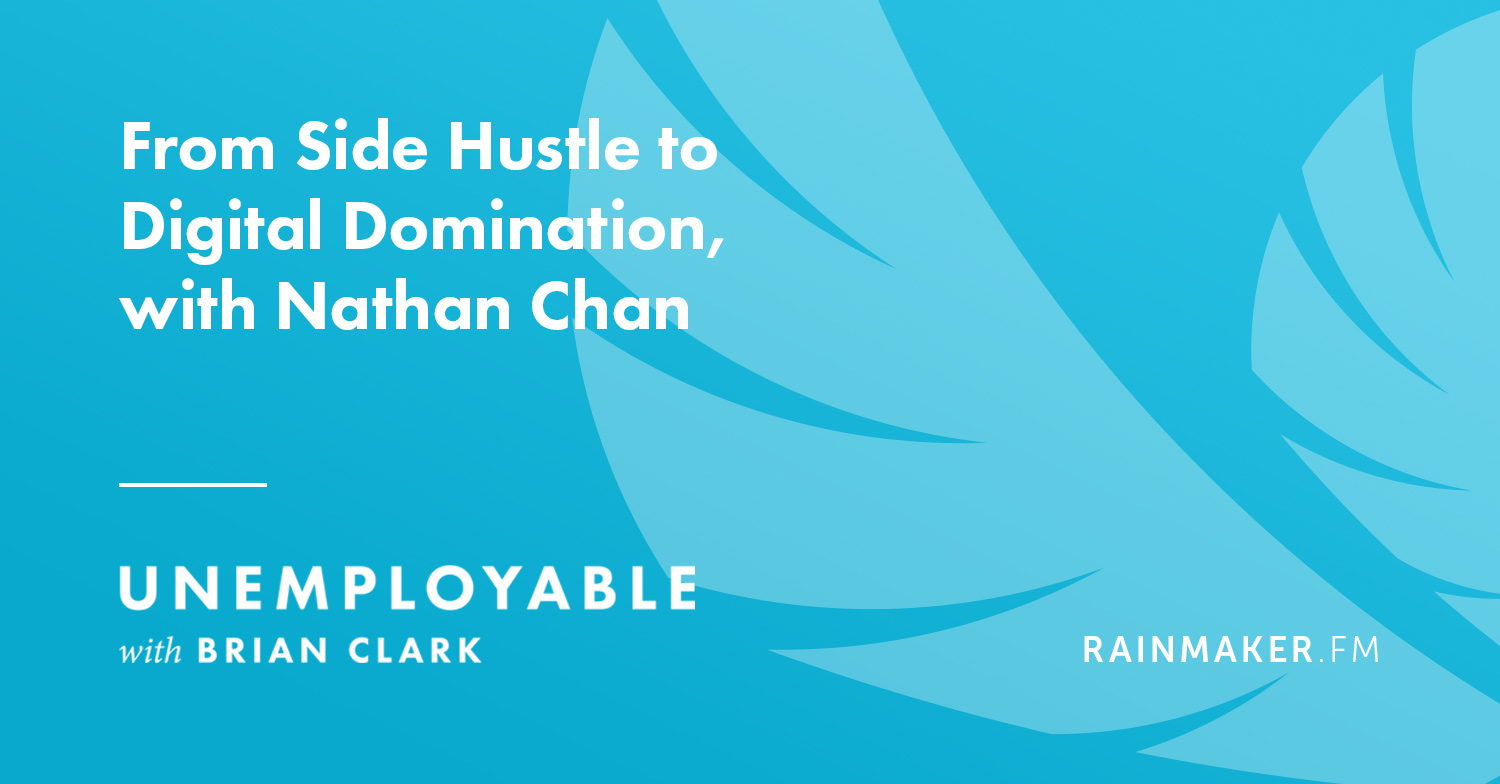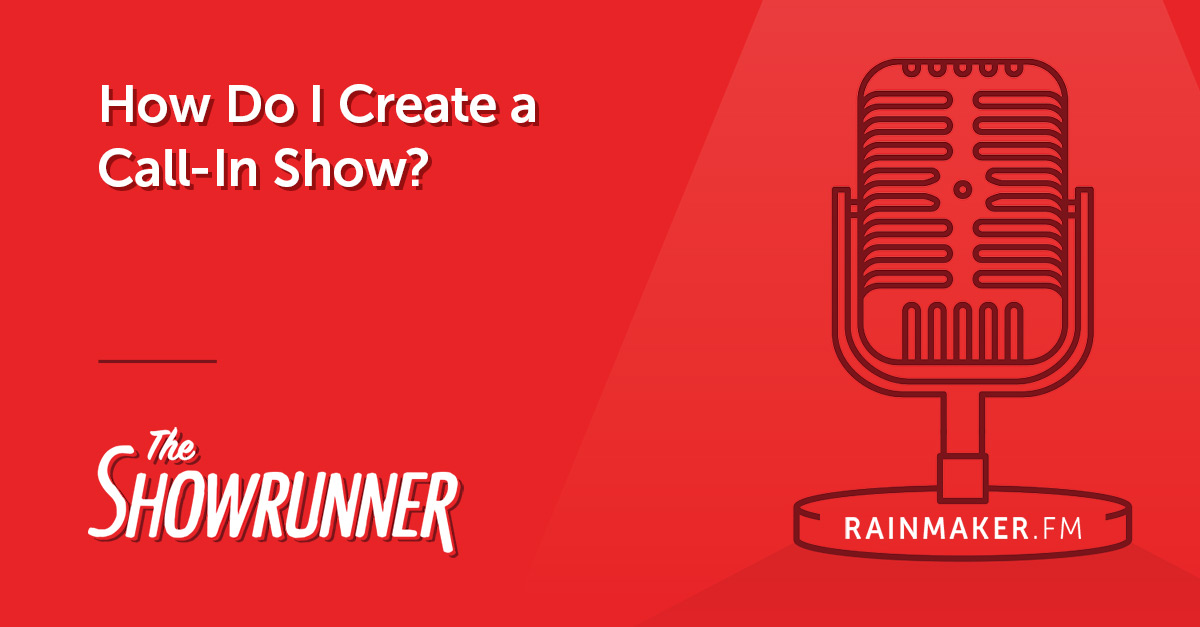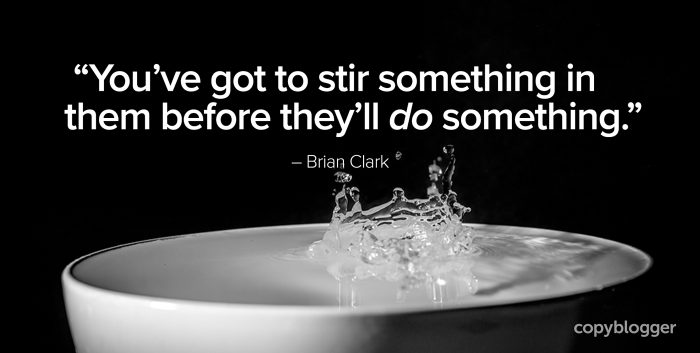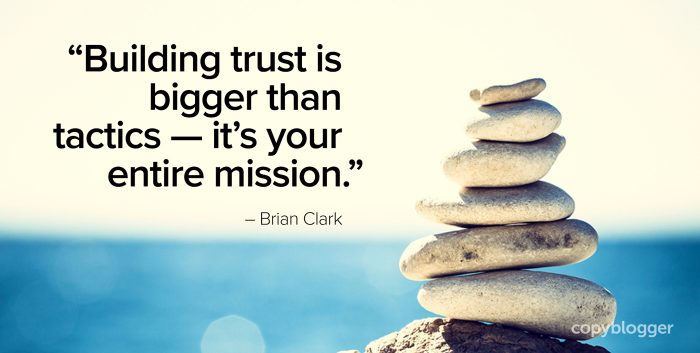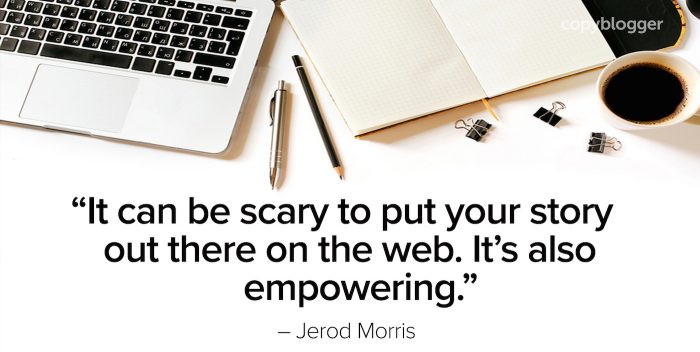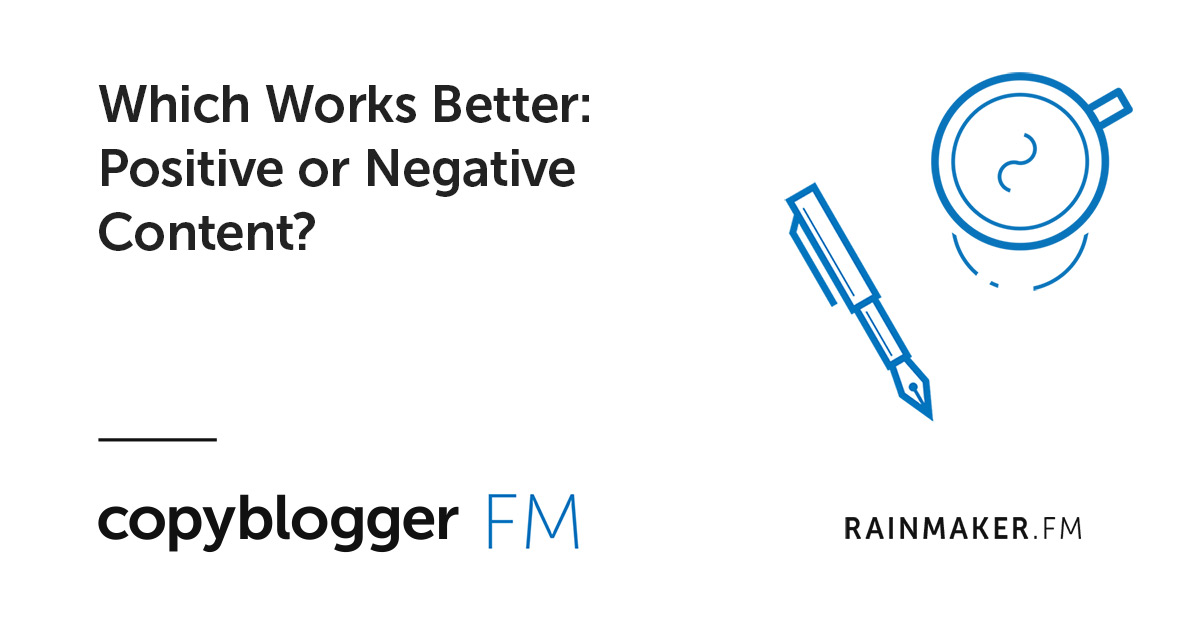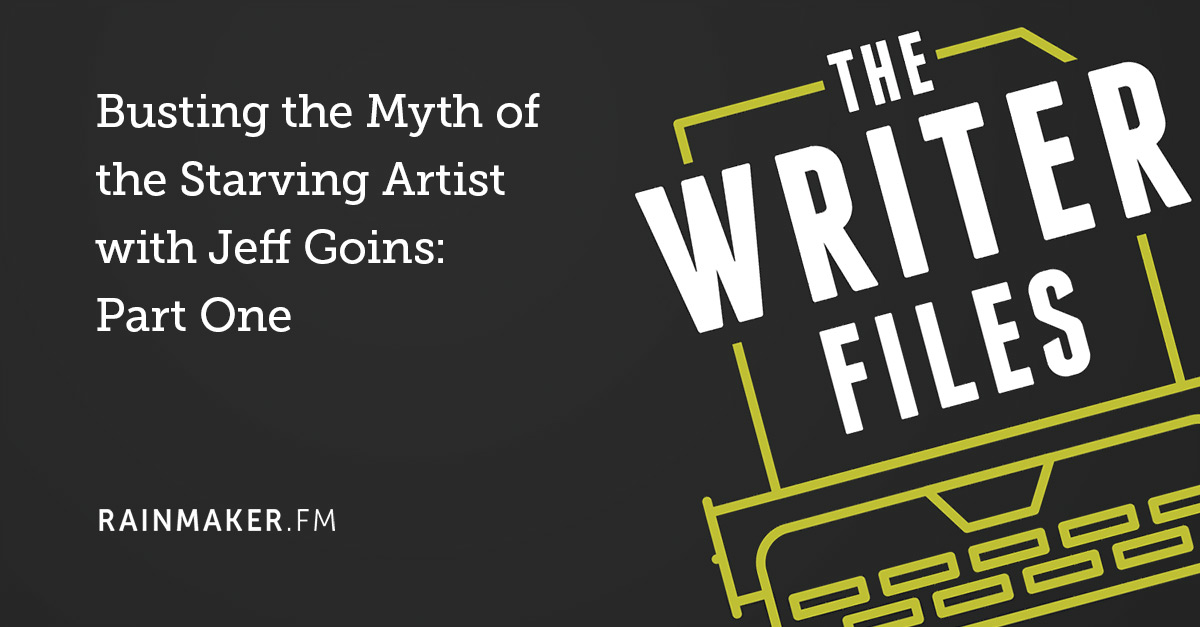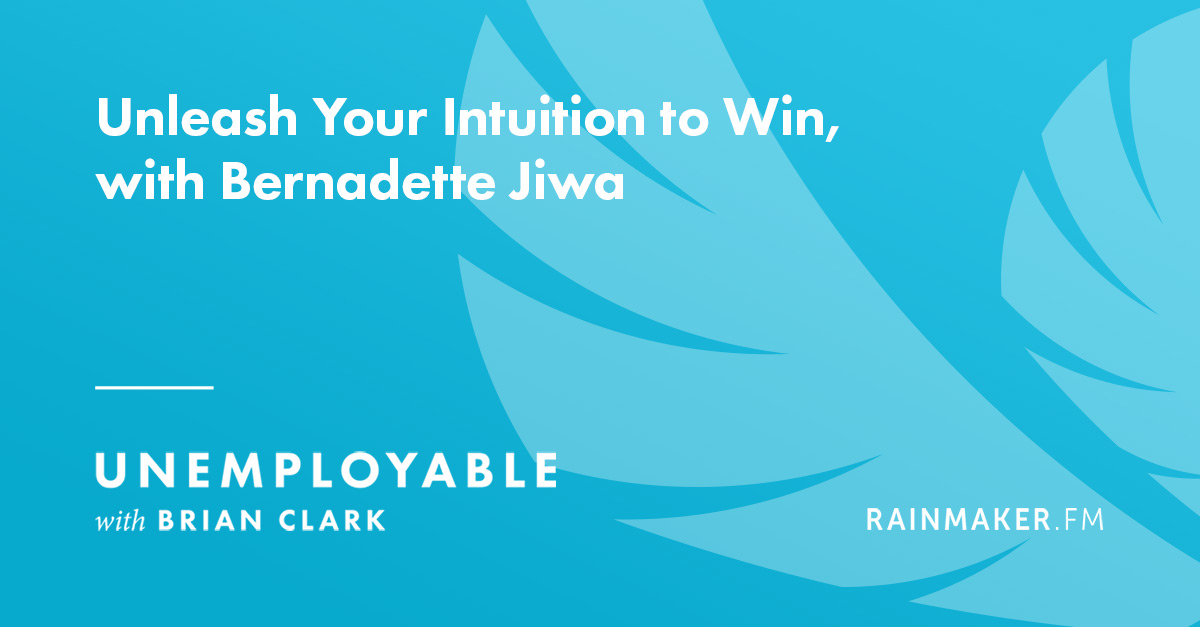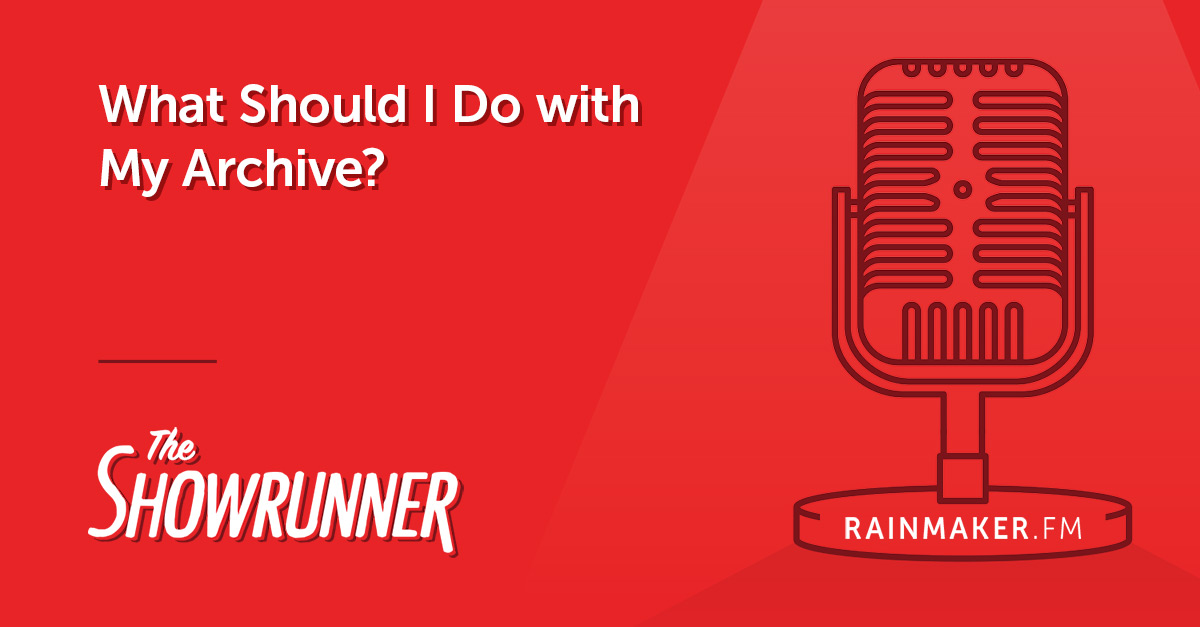This July, we celebrate the 10th anniversary of the premier of season 1, episode 1 of Mad Men, the 1960s era show that validated and united everyone who’s worked in advertising.
Ten years later, we’re still nostalgically sharing marketing insights coined by Don Draper and consoling ourselves with Roger Sterling’s account management axioms:
“My father used to say this is the greatest job in the world except for one thing: the clients.”
Ahh… the double-edged sword of clients.
Despite his mastery of persuasion, Don Draper couldn’t handle client management on his own. After losing the Hilton account, he confessed:
“I can sell ideas, but I’m not an account man.”
If even Don couldn’t hack it, what hope is there for the rest of us who are trying to manage clients and creative work sans account team? Well here’s the thing – Don may not have been an account man, but he was surrounded by some really good ones. And there’s plenty we can do with what they shared in Mad Men’s seven seasons.
So I’ve assigned myself the oh-so-difficult job of binge-watching Mad Men to collect these 5 lessons on account management. They’re good for the 21st century, too. And perfect even if you’re in a creative agency of one.
1. “Stop writing down what I ask for, and try to figure out what I want”
Application: Learn about your clients’ desires, culture and communication styles.
Remember the scene? Heinz baked beans could not be satisfied. They rejected every creative approach presented, and they were getting tired of saying no. Peggy met their specific requests, but had failed to understand their desires.

(Image source)
In your role as a copywriter, you need to get inside the heads of your target audience.
In your role as account manager, you need to get inside the head of your client.
Readers of Copy Hackers know that you can learn a lot about your target audience from review mining. This is much harder to do when you have an audience of one, and when you’ve never met that person IRL. Here are some tricks to make it a bit easier to figure out what your client wants.
Use social profiles to connect (but don’t be creepy about it)
It’s not always easy to discover your clients’ interests outside of the projects you’re working on. One way to get to know you them better is from their social media profiles.
Help desk software company Groove does this well. Groove follows its customers, taking note of interesting Tweets and mentioning them in their interactions.

If a company with over 6,000 users can stay connected to its clients with social media, it might work for you too. It also might make you feel like a stalker just thinking about it, which could be why you’re not doing it already.
Selling 1-to-many products online is a different game than nurturing 1-to-1 client relationships, where you’re more colleague than company. If you’re worried about crossing the line between light intel and full-blown creepster, ask yourself:
What would Zappos do?
Zappos retweets great customer quotes.
Zappos does not troll through its customer’s daughter’s birthday albums, liking and commenting on the photos.
Being professionally connected to your clients can give you valuable insights into how they see themselves (like discovering the reason your client never opens your reports is because she identifies as a storyteller who’s a marketing manager in title only).
Learn their preferred communication style
Find out what your clients want by figuring out their personality and communication style.
There’s no shortage of profiling systems. I like any framework that can be useful without needing to administer an actual test. The DiSC framework is helpful since it can be focused on workplace behavior.

You can assess your client just with a squint test, and use your findings to inform your interactions. How you’d craft an effective client email, for example, would depend on their DiSC profile:
- Dominance (D-style): Keep the email brief and use a subject line that gets to the point.
- Influence (i-style): Use energetic language. Exclamation marks and emoticons are usually appropriate.
- Steadiness (S-style): Use polite, courteous language and make them feel needed.
- Conscientiousness (C-style): Write a straightforward email that includes details, objectives and expectations.
If you want more profiling nerdiness, Crystal is an app that estimates DiSC-style personality insights based on social media and other data. Here’s a screenshot of Crystal telling me to chill out in my communications with a client:

There’s a lot your clients value that they won’t tell you directly. Profiling can help you anticipate needs and adjust your approach.
Learn the company culture & stages of change
To help your client grow, you need to start where they are. What does the company believe about itself and its customers? What are your client’s core values and mission?
If you don’t know how to answer this, you can usually find it on LinkedIn or the current version of their website. As self-delusional or inaccurate as this material may be, there’s a reason it had sign-off and is live today.
As an account manager, you’ll need to work with, not against, your client’s existing beliefs and values. You should also know why your clients chose you as a partner. Was it:
- Fit. Your voice and approach are a perfect match for your client.
- Aspiration. Your client sees your work or process and thinks “we need that here.”
- Change agent. Your direct contact likes your style, and wants you to help change an organization that doesn’t yet agree there’s a problem.
- Hired muscle. You’re there to get work done, not challenge the status quo.
Change is not easy. It happens in stages, over time. Knowing what your client believes and what your role is will help you determine how much effort is necessary to “nudge” your client towards new beliefs and worldviews.
Unless you’re a perfect fit for your client, you’re likely to meet resistance as your client begins to consider and take steps toward the next stage of change.
Whether you’re involved in a rebrand, a push for testing, a change in positioning or any other challenge to their identity or culture, understanding the stages of change will help to know how to best manage the relationship.
2. Your work doesn’t speak for you
Application: Show your client the process and benefits of your work.
Remember the scene? Don Draper is man of mystery. Never one to talk about his past, he demurred in an important interview, resulting in an underwhelming article and a lost opportunity for publicity. Don defended his approach, saying “my work speaks for me.” Bert Cooper shot back “turning creative success into business is your work. And you’ve failed.”

(This image is from the end of the episode, where Don does a 180 and owns the interview. Watch the clip here.)
As creatives, we want our work to stand on its own, no explanation needed.
So there’s a certain kind of punch-in-the gut disappointment that comes when you’ve sent your client your best, most compelling creative work, and the email you get back says:
This is not what I expected. Can you explain your process here?
Luckily, the discipline of conversion copywriting has armed you with a deep knowledge of persuasion that can be applied to client management and business success.
Reverse the Curse of Knowledge
We’re trapped by the curse of knowledge, meaning that once we know something, we forget what it’s like to not know it. We forget that most of our clients don’t specialize in our field and don’t intuitively understand the benefits of the work we provided.
Features and benefits for the win
At some point in your copywriting career, you’ve probably lectured patiently educated another person about the difference between features and benefits.
- Features are what the product does
- Benefits are what the features solve
Good copy is benefits-focused. So are good client presentations and deliverables.
Think of features as your deliverables and their components: Sales pages, emails, cross-heads, fascinators, tone, social proof, etc.
Benefits are how the features will help your clients get the outcome they want. What’s the benefit of running this email? How will using testimonials improve conversion rates?
Until you have sign-off (and sometimes even after that), you’re still “selling” your ideas to a client who doesn’t know how your work will solve his problem. As in the comic below, paint a picture of the result for clients, don’t just hand them a can of (powerful, high-converting) spinach.

(Image source)
You don’t need to unpack every choice or quantify its expected lift, but providing some high-level prompts of “so you can…” or “this helps to…” can give your client the context she needs to understand and agree with your strategy.
The “because” technique
Giving people a reason — any reason — to say yes is usually better than no reason at all. A 1978 study showed that people were just as likely (93% vs 94%) to let others cut in line for a copier if they had a placebic, obvious reason (“because I need to make some copies”) as they were for a real reason (“because I’m in a rush”).
Creating a habit of offering a reason, even if it seems self-evident (“because the research shows this is what your customers want”), can help combat the curse of knowledge and get client buy-in.
Cheat your way to more transparency
Everyone wants to buy from companies that are transparent, and many people insist they’ll pay more for transparency. Whether or not that’s true, being transparent and being perceived as transparent can involve different values and skillsets.
I feel I’m being transparent if I have nothing to hide; I’m honest and meet my deadlines.
But my client doesn’t feel I’m transparent. The project is due next week and she doesn’t know if I’m 20% done or 90% done. She doesn’t know anything about my process. She’s needlessly anxious and frustrated by all the unknowns.
Harvard marketing professor Michael Norton says that to be transparent, we should have a strategy in place to show our work. He uses Domino’s Pizza Tracker as a case study for how businesses can be more transparent.

The pizza tracker is a wildly successful web app that shows the steps of preparing a pizza. But it doesn’t actually reveal new information: we already know the steps and sequence for pizza delivery.
So what makes the tracker such a huge hit? This is Norton’s explanation of why people love it (you can watch the 3 minute clip here):
“There’s something very psychologically compelling about…being able to see that it’s happening. We really like to feel that there’s a person, scrambling around doing stuff for us, because it means we’re really important.
The more we can see into the process…the more we feel really good about the output of that process.”
Even if it’s human nature, having a client who delights in my scrambling to finish tasks for him is at odds with my ideal workflow. I’d rather go the Domino’s route of providing that feeling of transparency, without actually checking in every hour, being micromanaged, or resorting to passive-aggressive communication until one of us fires the other.
The pizza tracker’s success can be explained by the labor illusion: people are happier if they feel like we’re working harder for them – whether or not it’s true, and whether or not it improves the outcome.
Here are some ways to show your client all your hard work:
- Use a collaboration tool. With a shared collaboration app (like Slack, Trello or Basecamp), the work you do stays top-of-mind, rather than lost in a crowded inbox. Let wins and milestones linger, rather than immediately archiving completed work.
- Share the steps. Create distinct steps on the path between start and done, and help your clients know where you are on the journey. Document and communicate the tasks. “Phases” are good, checklists are awesome. (If you know how to use an actual progress bar for this, please share in the comments.)
- Break up deadlines. This is especially useful for large projects that you’re likely to procrastinate anyway. Assign due dates to smaller steps of the process, rather than having everything due at once.
3. Don’t let your client near the check
Application: Give your clients the VIP treatment and remove the “pain of paying.”
Remember the scene? Legendary account man Roger Sterling gave Lane Pryce some sage advice as he prepared for his first client dinner. Among secrets of which drink to order and how to get the client to fill out his own RFP, he suggested: “Get your answers; be nice to the waiter; don’t let him near the check.”

(Image source)
As a copywriter in the internet age, you’re probably not closing clients over steak dinners or renewing contracts from courtside seats. I’ll be forever grateful that I can keep clients without having to play golf.
But there’s a hidden cost to this low-cost way of business: losing the chance to grab the check. There are some real advantages to giving clients the VIP treatment. Here’s how to be the hero without buying the next round.
How to “get the check” with strategic gifting
Smart account managers wine & dine and otherwise lavish attention on their clients to leverage the rule of reciprocity, which is that people are likely to return the favor and give back (in the form of loyalty, repeat business, referrals, etc).
John Ruhlin, author of Giftology: The Art and Science of Using Gifts to Cut Through the Noise, Increase Referrals, and Strengthen Retention, says that most businesses miss out on the powerful rewards of gifting for a simple reason: we aren’t focused on it. We’re too busy running the day-to-day.
Here are some of John’s spot-on suggestions for how to gift strategically:
- Make a plan for gifting. Keep a grateful mindset, and reinvest in the people who helped you get where you are.
- Give inspirational, “just because” gifts that provide real value. Gifts that are merely transactional (thanks for the referral) can feel tit for tat and have less impact.
- Get the most bang for your gifting buck by avoiding “crowded” times (Nov – December) or expected occasions.
- There’s a difference between a gift and a promotional item. If it has your brand on it, it’s a marketing tool. Real gifts are engraved with the recipient’s name, not yours.
You can “validate and fascinate” your clients by paying attention to what’s going on in their lives. Here’s an example of ConvertKit getting it right:

(Facebook screenshot, used with permission)
Show appreciation for the people who help your projects get done
Not only can gifting deepen client relationships, it can also help establish a better working environment. Here’s one more example of the power of gifting, for good measure…
My friend Becca works full-time on a sheep dairy farm, and she freelances as a data analyst. Her screen time is quite limited due to her massive chore schedule. She needs to get all the data in the right format on the first try to stay productive during her office hours. That almost never happens.

The reason Becca isn’t answering her email.
One of Becca’s district contacts is especially responsive and accurate with data pulls, so Becca sent a nice box of chocolates to express her gratitude. Her contact feels appreciated in a thankless data job and keeps prioritizing Becca’s work. Becca’s attempt at work-life balance is much easier.
Don’t charge your clients for each bite of pizza
If you want to keep your clients happy paying your fees, consider their psychological triggers around pricing. Your clients, like their customers, overvalue free. Dan Ariely explains:
FREE! gives us such an emotional charge that we perceive what is being offered as immensely more valuable than it really is.
Create bonuses, value-adds and (reasonable) all-inclusive services. Keep these extras top-of-mind in your deliverables and invoicing. Help your client maximize perceived wins and minimize perceived losses when it comes to their budgets.
Ariely also points out that people go to absurd lengths to avoid the pain of paying.
In one study, a pay-per-bite fee structure turned a nice Italian meal into an evening of agony for his students.

(Image source)
Here are some suggestions for how to make the pain of paying less intense for your clients, modified from Dianna Booher’s What More Can I Say?:
- Bundle items to increase perceived value, and reduce the number of small purchases your client needs to make.
- Offer different payment options and terms, including payment plans.
- Don’t make your client feel nickel-and-dimed by adding small fees after the primary sale. (The more you think through the full scope of similar projects, the easier this gets.)
You can also minimize or restructure unsexy business costs. Let clients see certain fees are waived or included for them.
4. Half the time in this business, it comes down to, “I don’t like that guy”
Application: People aren’t just motivated by outcomes. Be Likable.
Remember the scene? Sales were flat for Admiral Televisions, and arch-rival-to-the-entire-Creative-Department Pete Campbell had an innovative solution. By advertising to a high-value, untapped demographic, Admiral could reach a warm market and secure affordable media space. Unfortunately, his racist clients didn’t care for the opportunity, or him.
After the meeting, Pete protests, “It seems illogical to me that they would reject an opportunity to make more money.”

(Image source)
Roger was not sympathetic. “I don’t know if anyone ever told you,” he said, “half of this business comes down to ‘I don’t like that guy.'” (Watch the clip here.)
People like you less if you don’t care about them
Researcher Wendy Levinson observed that there are 2 kinds of physicians: those who get sued and those who don’t. Quality of care being equal, the surgeons who were never sued had this in common: They spent longer with their patients, were more likely to participate in active listening, were more likely to explain their process and laughed easier.
Doctors with good bedside manner are more liked by their patients – who knew?
But “be friendly and likable” can be intimidating (if obvious) advice, especially for those of us who don’t identify as popular or extraverted or someone whose heart doesn’t start beating faster when the phone makes that “ringing sound.”
Keeping that study in mind, let’s flip the learnings and look at what the sued doctors have in common:
- They were rushed and didn’t spend much time with their patients.
- They didn’t actively listen or validate.
- They didn’t explain what they were doing.
- They didn’t find ways to connect and laugh with their patients.
These frequently sued doctors assumed their role as an authority excused them from being caring and empathetic. It didn’t. It never does.
Your clients are no different from these patients. Outcomes matter, but we’d all rather have great outcomes delivered by someone who isn’t cold or hostile. Especially when we’re scared or confused or our narrative is being threatened, we want to be treated with care and dignity.
The bar for being likable is not that high – you don’t need to win a congeniality contest, you just gotta treat your clients like people, and treat people like they matter.
Your client is driven by her dreams and fears, not “data”
Conversion copywriting is an increasingly measurable field. Especially when it comes to testing, we talk a lot about removing our own ego to “let the data decide.” The paradox is this:
Our clients are not data-driven. They are emotion-driven.
- Your client wants to stop the test early because he doesn’t want to waste more money on a losing test (loss aversion), even though statistical significance hasn’t been reached.
- She crafts self-soothing, unlikely theories about why her favorite variation lost (it kept the wrong kinds of people from buying) because of ego involvement.
- When he agrees to the winning treatment, it’s not because he’s a cylon programmed to value wins over losses – it’s because he’s a human who likes to win.
You already know that people buy with emotion and justify with logic. But how do you win your clients over emotionally in a data-driven industry? Persuasion expert Blair Warren says:
People will do anything for those who encourage their dreams, justify their failures, allay their fears, confirm their suspicions and help them throw rocks at their enemies.
Think for a minute about difficult clients you’ve had and how you’ve responded to them.
- Did you “set expectations” for their million-dollar ideas, rather than praising their ambition?
- Did you let them know they weren’t seeing better results because their strategy, funnel, page or product was weak?
- When they looked to you for projected outcomes, did you remind them there are no guarantees?
- Did you set them straight that what they suspect is the problem isn’t actually the problem?
- Did you suggest that their preoccupation with their competition is misplaced?
Confession: I’ve done all those things. This is not easy stuff to put in practice. But I’ve learned that when I react to a client as if the situation is “me vs you,” even if what I’m saying is 100% correct, they don’t care. When I reframe as “us vs them,” I can provide the same information, and I usually manage to get buy-in.
5. If you don’t like what they’re saying, change the conversation
Application: Reframe the conversation to keep your client focused on what matters.
Remember the scene? Is change good or bad? You can’t win taking sides on that question. So when Don was asked to fight bad publicity about Madison Square Garden, he didn’t try to convince Manhattan they were wrong.
“If you don’t like what’s being said, change the conversation.”

(Image source)
Don reframed Penn Station’s stalemate debate about the merits of change into an inspiring promise of rebirth for a decaying city. Was SCDP really fired by its biggest client (Lucky Strike cigarettes)? No, his agency is just committed to health and could no longer promote tobacco.
Everyone with clients should learn the art of reframing, or we’ll find we “don’t like what’s being said” far too often.
The surprising reason we give so much attention to things that don’t matter
In subjective fields like design and copywriting, strategy meetings often devolve into discussions about button size, word choice and colors. Parkinson’s Law of Triviality explains this phenomenon:
The less important a subject is, the more time people will spend discussing it.
This principle (also known as the bike shedding effect) is not as cynical as it may sound.
People (not just clients, this includes you and me) are 1) more likely to have opinions about subjects we understand, and 2) less likely to weigh-in about a subject we’ve never heard of or can’t relate to.

I have nothing to say about the critical debugging problem the programmers are grappling with, but I have some strong opinions about why the graphic above is not attractive enough to be used in this article.
Your clients want to feel like their ideas are important. Owning and reframing the conversation lets you leverage their interest in contributing, without treating them like the Creative Director or Editor-in-Chief. (Really, what do we expect if we’re emailing documents and asking for feedback and edits?)
How one designer convinces his clients that “shop talk” is uncivilized
Here’s how Pentagram principal designer Michael Bierut reframes the conversation with his clients. He says:
“I do anything to avoid talking about typefaces, white space, composition, or colors. When the subject comes up, I act as if that’s something civilized people shouldn’t be discussing during business hours…
If you do it right, the conversation you have with the client is 99% about their business and their goals, 1% about these esoteric tools we have at our disposal to help them achieve those goals.”
Bierut frets about typefaces for “hours on end.”
But not in front of clients.
Keep clients focused on their goals, not their opinions
Give clients a framework and criteria to evaluate the project. Paul Boag recommends giving your client a specific role based in their expertise:
- Focus on the user: Keep the client thinking about what the user needs.
- Focus on the business: It’s the client’s job to ensure any design meets business objectives.
- Focus on the problem: The client’s job is to identify problems. It’s your job to suggest solutions.
Over on the Copywriter Club podcast, Joanna Wiebe shared some ideas for reviewing copy. She suggests sending the copy an hour before the review. In the review, don’t jump into showing them the copy. Instead, lead clients through the process you followed to arrive at that copy, like so:
These are the goals. This is what you wanted us to work toward. Here’s what we learned… As a reminder, here’s the process that we go through to arrive at this copy that I’m about to present to you today. Here are some interesting findings and now here is the copy and let me walk you through it.
Framing the conversation around goals and processes helps clients understand how to meaningfully contribute and can keep the Law of Triviality at bay.
When all else fails…
For those times when a client refuses to let go of her need to “make a mark” on the project…
Offer functionally useless choices. If your client must touch the project creatively, you can let her make functionally useless choices. Just like you’d encourage a toddler to choose between the blue shirt and the yellow shirt, give your clients options that won’t affect the outcome of the project (hair color of the avatar, name of the test or treatment, etc).

Thank you, Buzzfeed, for making us feel like our random choices matter.
Try the duck technique (use with caution!): Some frustrated creatives resort to the duck technique, where they intentionally add a decoy to their work to give clients something to correct. This can backfire if the client likes the decoy, or if the decoy makes you look incompetent for not having corrected it yourself. Be sure to only use decoys that won’t harm your credibility if they’re approved.
Your 5 Take-Aways for Client Management
Lesson 1: Find ways to meaningfully connect and communicate with clients. Learn what drives them to say yes, and how to help them make changes.
Lesson 2: Overcome the curse of knowledge by showing your clients the benefit of your work. Keep them happy by showing the steps of your work.
Lesson 3: Use strategic gifting and help clients avoid the “pain of paying.”
Lesson 4: Clients are not data-driven. Apply Blair Warren’s one-sentence persuasion plan to keep them happy and on your side.
Lesson 5: Keep clients focused on goals, not opinions. Give them a framework to use to review the project.
To help you remember even more of Mad Men’s lessons for account management, check out this handy infographic:

I’ve used the titles account executive (AE), account manager and client manager interchangeably, as if they’re the same role. They aren’t. But if you’re wearing all the hats anyway, there’s not a meaningful difference.
The post Client Management the Mad Men Way appeared first on Copywriting For Start-ups And Marketers.
from
https://copyhackers.com/2017/07/client-management-mad-men/







